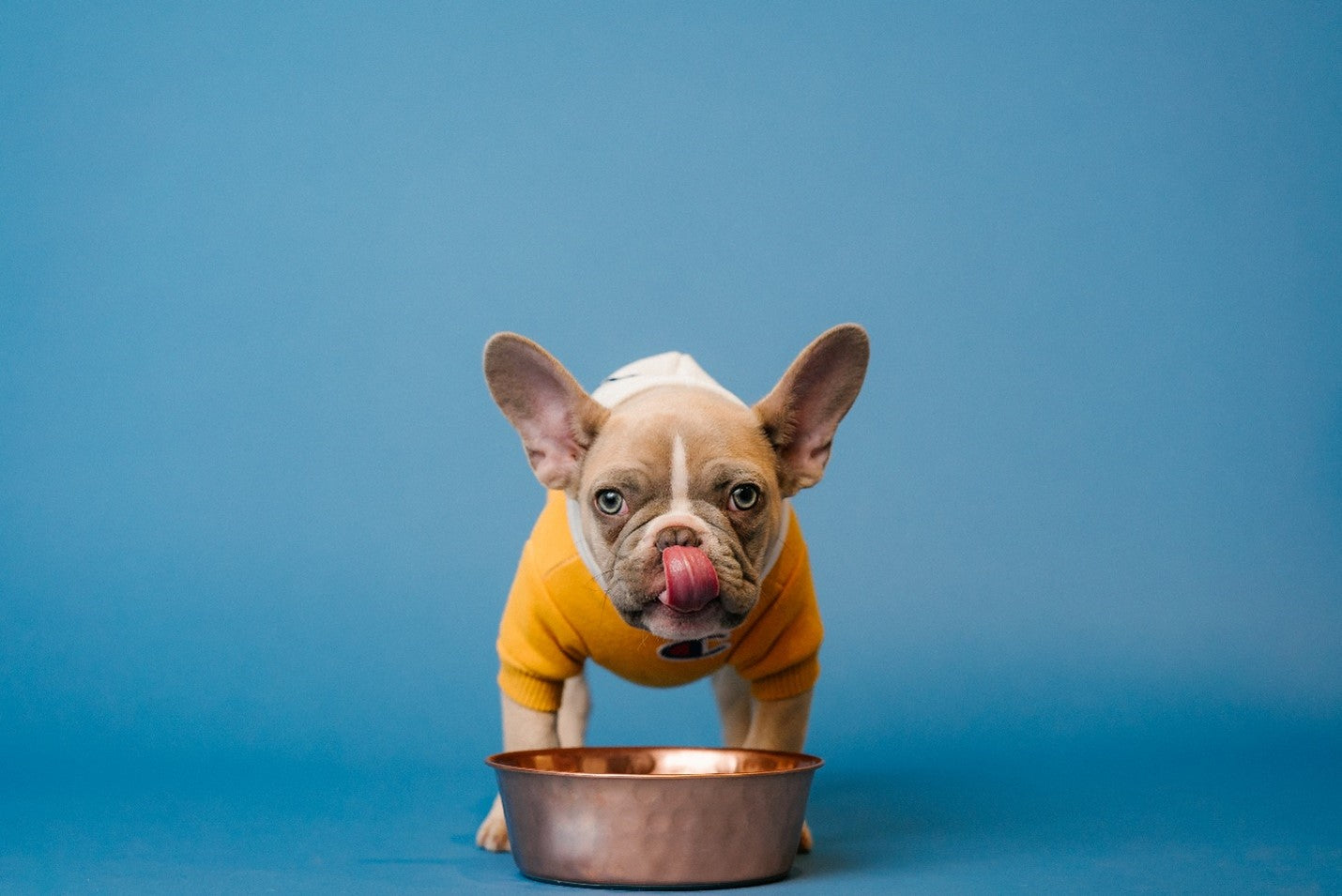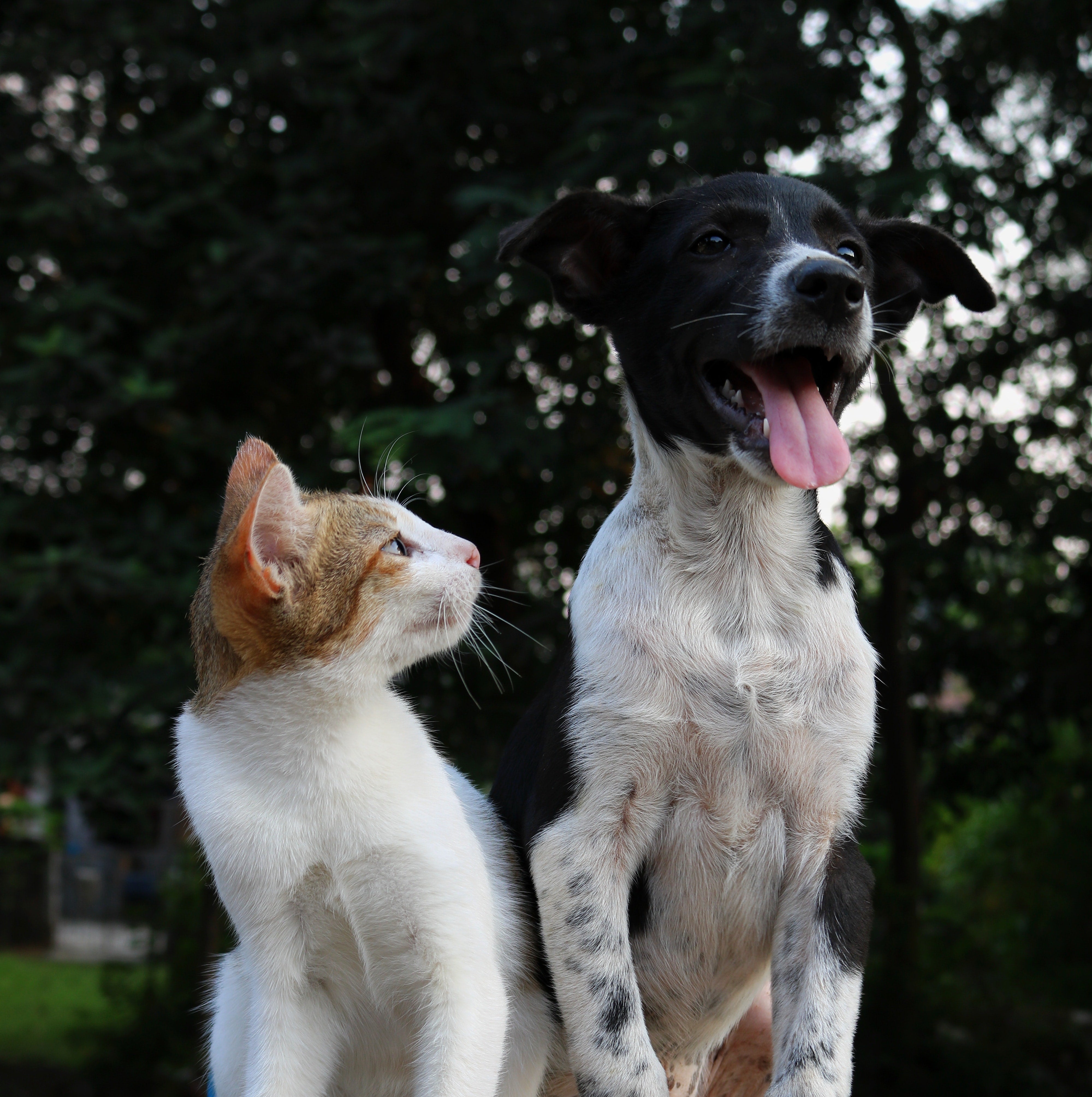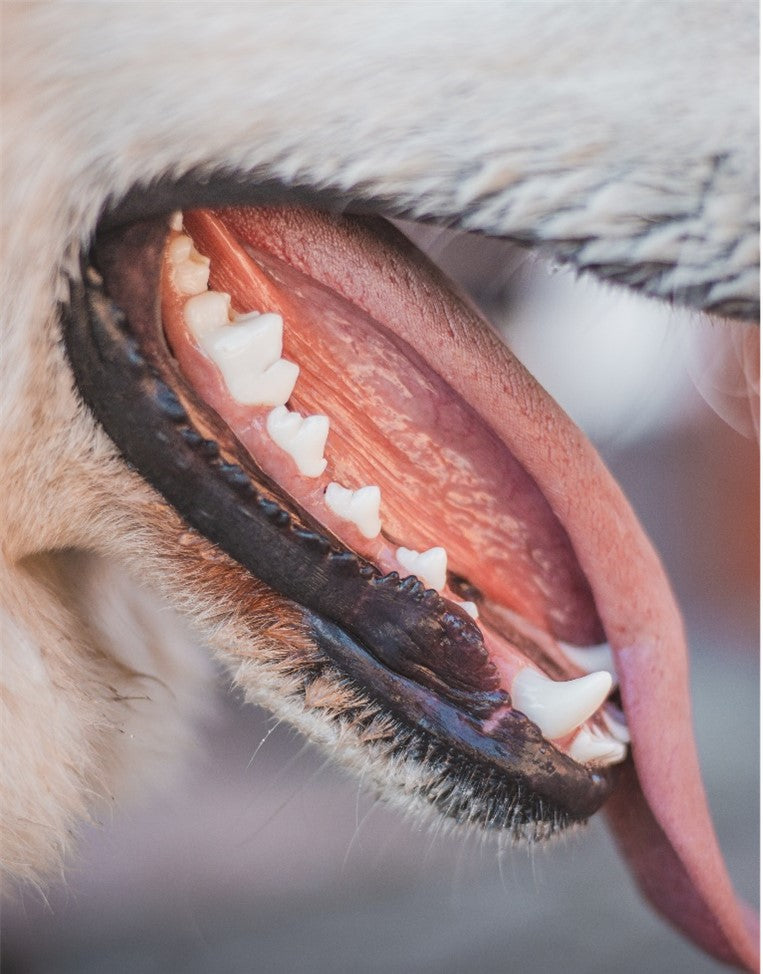Dogs have a profound sense of smell that helps them detect food, but what about their taste buds? How do they taste distinct types of food? And just how sensitive are their taste receptors? Let us take a closer look at how dogs taste food.
Do dogs taste food like humans?
Interestingly, dogs have a unique way of tasting foods. Unlike humans who mostly use their mouths to taste food, dogs primarily use their noses to determine what is a yummy meal or snack. Dogs have about 1,700 taste buds, while humans have around 9,000. However, dogs can taste up to 10,000 times better than we can!
Additionally, dogs have about thirty times more smell receptors than we do, which means they can detect odors that are far too faint for us to even notice. As a result, their brains are better able to process more information about smells and tastes than a human. In fact, a dog's sense of smell is so powerful that they can actually identify distinct types of foods, objects and even danger by scent alone.
When a dog smells something, they are not just taking in the scent - they are actually tasting it as well. He is taking in all of the different chemicals that make up that particular odor and deciphering what they mean. This is why dogs are so good at finding things by smell. They can literally taste the difference between two different odors.
The smell of a food item plays a much larger role in how dogs experience the flavor of their food. Like us, dogs can taste bitter, salty, sweet, and sour, but because they do not have as many taste buds, they use their sense of smell far more than their sense of taste when deciding what to lick or eat.
Dog taste buds are located in different areas on the tongue and are slightly more sensitive to certain flavors in comparison to others. Bitter and sour taste buds are located toward the back of the tongue. Salty and sweet taste buds are found toward the front of the tongue. Each taste bud has an ability to sense all tastes if the flavor is strong enough. Dogs can taste without smelling, but not as well as people, due to their fewer taste buds.
Intuitively, dogs know when food is not safe for consumption by combining their senses of smell and taste. Dogs are not just tasting the food itself – they are also taking in all sorts of information about the food's aroma and texture. This is because their taste is directly linked to their smell, and an item’s scent can enhance its taste or repel it.
How does taste affect your dogs’ food?
So, how does all this affect the way dogs taste food? This heightened set of senses also means that dogs are more likely to be picky eaters. This is why you will often see a dog sniffing its food before it eats it - they are trying to get a good sense of what they are about to consume. If their food is stale or spoiled, they may refuse to eat, or it simply might be because it does not taste/smell delicious.
After all, if they can taste the difference between two types of food, they are going to want the one that taste better! This is why it is important to choose the right food for your dog's unique taste preferences. Health Extension has a wide variety of delicious nutritious dog foods for your furry friend to chose from.
So, next time your dog refuses to eat or enjoy mealtime, it maybe because he is telling you he does not like the taste or texture of his meal. Consider adding Health Extension Super Bites raw meal mixers to enhance the delicious flavor, aroma and add nutritious boost to your pets meal.
Dogs have a deep sense of smell that helps them enjoy their food even more. While they may not be able to taste as many flavors as humans, dogs can still enjoy the taste of their meals with the help of their powerful noses. Have you ever given your dog a treat and watched them sniff it all over before eating? Now you know why!





